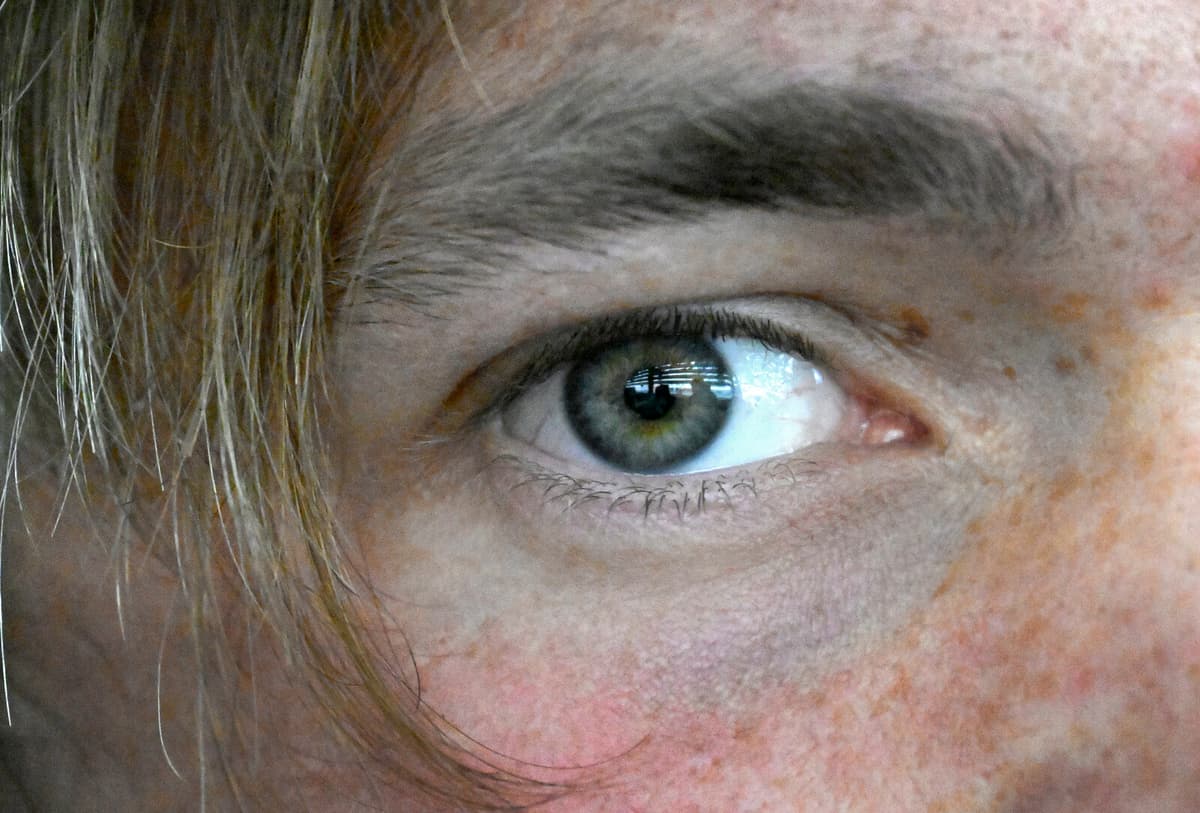Using people's eye movements as a tool to make psychiatric diagnoses faster can become a reality in the future. Researchers at Uppsala University have seen in a pilot study that the method provides good accuracy.
Unlike the answers in a questionnaire, one cannot influence how the pupils move. Eye movements could become a more objective measure as part of making a diagnosis, says Pär Nyström, associate professor of psychology at Uppsala University, who is researching the method.
Different patterns
In a first pilot study, 178 participants over 18 years have been examined for how their pupils react and how their eyes move when they look at different film sequences on a screen. What the participants looked at included images of a cross against a single-color background and sequences where people do things. Each session took about 15 minutes.
Among the participants were people with and without diagnoses of autism, ADHD, anxiety, or depression. When eye movements were compared, it turned out that different diagnoses followed different patterns. For autism, the accuracy was around 90 percent and for ADHD 83 percent.
So far, the research results have not been published in any scientific journal, but Pär Nyström hopes they will be in the future. A patent application that will facilitate linking research to practical social benefit has already been made.
Hopefully, this can become a tool to use, above all, to facilitate diagnosis decisions among adults who do not have a clear diagnosis with extensive problems. Those who have great difficulties are often easier to diagnose.
Faster movements
How do the eye movements and pupils of those with autism or ADHD differ from those without a diagnosis? In short, one can say that they are more varied in those with diagnoses. Probably, it is due to a dysregulation in the autonomic nervous system, which we do not control with our will.
We have more and more people being investigated for autism and ADHD, and as a result, it becomes more difficult for clinics to know who actually should have a diagnosis or not. Eye movements and pupil measurements could become a piece of the puzzle, says Pär Nyström.





